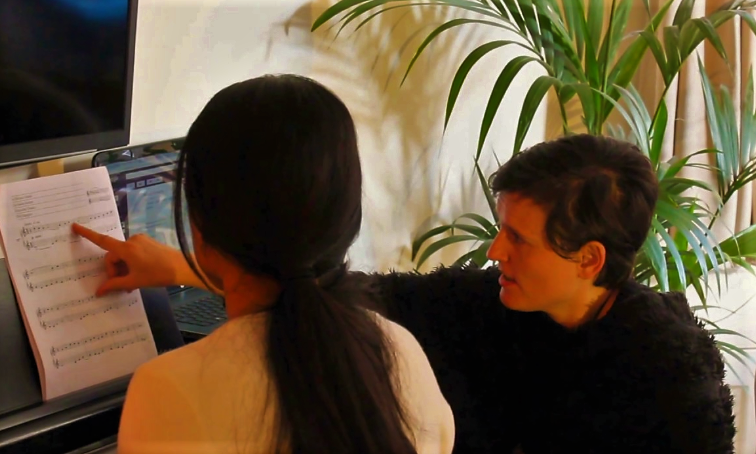Learning Keyboard Harmony – Part I
Learning Keyboard Harmony – Part II
Learning Keyboard Harmony – Part III
Western Classical and modern music is basically structured upon chords. Even if you don’t know how to play an instrument, we can perceive them moving and transmuting in the music that we listen every day. Some of them can be relaxing, others carry more intensity, density and some even discordant and tension feelings to the listener.
From the piano students perspective, the learning of how and most importantly, why these chords move the way they do, is paramount in order to understand deeply how music works, and even how to manipulate it for the ones who are interested in improvisation, which is the case with Jazz Piano.
Usually, the Piano Teachers find quite difficult at the beginning to introduce this topic to their students as it doesn’t relate so straightforward with the piano playing itself, but a piece of good advice and a way to “lure” them into this topic is to insist in the fact that the study of the tonal families will help tremendously in the sight reading process, as we no longer read note by note, but we grasp the chord as a whole, and even we learn which chords out of a plethora of options to expect in any given key. When the options we have in a harmonic progression within a piece of music get narrower into, most commonly 6 options, the stress upon the reader/performer is much less than when these concepts are beyond our grasp.
In this article, Maestra Gisela Paterno gives an introduction to what a harmonic function is and how it impacts within a scale, how the chords, which are called Diatonic chords, formed from it and begins with the tonal family, the first and most important of all, as it gives the harmonic foundation and stability to musical pieces.
Harmony can be an abstract concept for many students, but through these series of articles, you will find how useful and enriching can be for your understanding of how music works beyond the notes we see daily on the music sheet.

